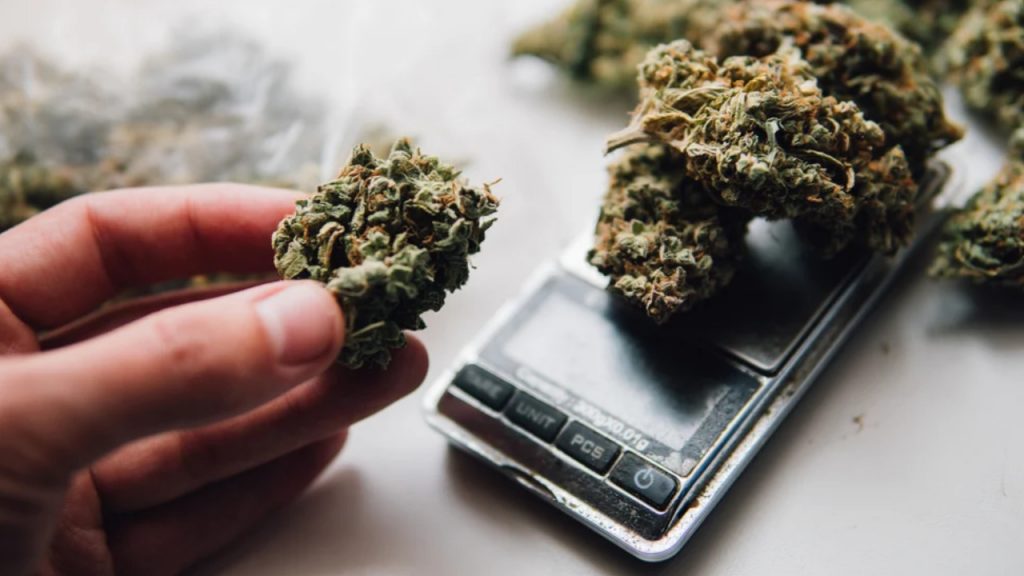Indica vs. Sativa: What You Really Need to Know

Now that we’ve arrived – for the most part – on the other side of cannabis prohibition, our knowledge of the plant and the compounds that make it such a boon to human health and wellness has grown exponentially. Most of us understand that the Indica and Sativa strains have very different effects. While Indica is known to have a predominantly sedative effect, Sativa is recognized as imparting a sense of energy and creativity. But those descriptions are just the beginning. There are so many factors influencing the effect of a strain or cultivar produced from that strain or a hybrid thereof.
In this piece, we’ll talk a little more about the differences between Indica and Sativa and how the complex ingredients in the cannabis plant (terpenes, cannabinoids – including THC and CBD – and flavonoids) work together to alter them. We’ll also take a brief look at the role your body’s systems play in determining the eventual effect. So, let’s find out what you really need to know about Indica vs. Sativa!

Baseline Indica Characteristics
Indica is known for producing a higher level of THC. And while it still renders CBD, it does so in smaller amounts than those seen in the Sativa strain. Indica’s properties are relaxing and may also address nausea and pain. Many use this strain for sleep. Noteworthy examples of cultivars from the Indica strain are Northern Lights and Grandaddy Purple.
Baseline Sativa Characteristics
Sativa’s claims to fame include uplifting and energizing effects. Sativa enhances creative work, may help support people suffering from the effects of stress and depression, and improves focus. The applications of this strain throw a wider net and so Sativa is the most commonly used type of cannabis.
Well-known cultivars are Super Lemon Haze and Harlequin GDP (which is 30% Indica from the cultivar Granddaddy Purple mentioned above, and a hybrid, adding Indica’s calming properties as a minority feature).

Defining Our Terms
You’ll see above that I’ve referred to Indica and Sativa as strains but this is perhaps a misleading term when it comes to cannabis, as the word “strain” doesn’t normally apply to plants. I’ve used it above for the sake of clarity, as it’s a familiar term in the cannabis community. Perhaps a more appropriate description of the designations “Indica” and “Sativa” is the word “landrace”.
“Landrace” refers to the result of cultivation in disparate locations on earth. While Sativa and Indica are historical terms, the reality of cannabis cultivation implicates factors like soil quality, climate, and the actions of those cultivating plants. Even with greenhouse growing, these factors cannot be replicated from one location to another. So, henceforth, Indica and Sativa will be described in this article as “landraces” and types of cannabis and hemp flower arising from the cultivation of these two cannabis landraces will be referred to as “cultivars”.
A cultivar is a sub-variety of Indica or Sativa or a hybrid of the two. Intentionally cultivated by human hands, these varieties of cannabis are created with knowledge of the chemical compounds present in the plant and how they’re translated in the cultivation process, rendering specific effects, that alter effects normally associated with the original landrace involved.

The Entourage Effect
Primarily responsible for the eventual effects of cultivars from the two landraces under discussion, the entourage effect describes what happens when levels of cannabinoids (THC/CBD), terpenes, and flavonoids are manipulated, creating a new cultivar with specific effects driven by the entourage effect.
Because of the suppression of cannabis research, especially in the USA, we’re just now beginning to understand how the entourage effect works. But it’s a clear determinant of effects experienced from consuming cultivars (which we are all consuming as the cannabis plant is being actively cultivated in numerous ways, in numerous places). If you’re beginning to sense that the entourage effect is more important than the original landrace, we’re already most of the way there!
Terpene Influence
Terpenes are particularly influential in the eventual characteristics of a cultivar, due to their interaction with cannabinoids – especially their interaction with the cannabinoids THC and CBD. The synergy created by this chemical reaction in the planet is the source of the cultivar’s effect, also influencing the body’s endocannabinoid system (ECS) by balancing it and helping to induce harmonious physical function. That’s why THC levels aren’t the sole determinant of the type of effect you’ll experience. Terpenes don’t just smell good! They’re key collaborators in producing a cultivar’s effects.
Flavonoid Influence
Flavonoids, while having a profound impact on the life of the plant, sustaining and developing its growth, flavonoids also have an impact on its effects and tremendous benefits. This is especially true of the cannflavin family of flavonoids. Class A, B, and C flavonoids are of particular interest, with cannflavin A under study to establish its interaction with THC and CBD to reduce inflammation. There is also evidence to suggest that cannflavins are neuroprotective, have antioxidant effects, and may have applications in cancer treatment, according to research on animals.
And while we still don’t understand as much as we need to about the entourage effect in cannabis, we’re learning more every day and hope that we’ll soon have greater latitude for research, as cannabis is eventually removed from Schedule 1 and made legal federally in the USA.

Your Body is a Unique Factor
Your body’s chemistry comes into play when you consume cannabis. Of course, it does. Your unique body, consisting of chemicals and hormones and all manner of fascinating physical systems, has an influence on the effects you’ll experience from whichever cultivar you’re enjoying.
As with any supplement, substance, or prescription medicine you ingest, the state of your own body’s chemical composition has a bearing on the effects of cannabis. The ECS is the key to stabilizing the functions of your body, with its regulatory role enhanced by cannabis. The ECS produces endocannabinoids, which respond to the introduction of plant-based cannabinoids and their helpers, terpenes and flavonoids. Balance in the body is determined by the function of the ECS and cannabis is a support that can regulate and harmonize other systems governed by it, leading to “homeostasis” (ideal balance in the body).
And while study continues, new information is released every day that points to the role of cannabis as a complementary support for the treatment of numerous health challenges and conditions. So, it’s not quite as simple as Indica vs. Sativa. Slowly the puzzle pieces are coming together. What you really need to know is that the picture emerging is one of tremendous hope, represented by a complex plant that’s changing the world of medicine and human wellness.
Readers, share your tips on picking out the right cannabis strains and help some of our newbies out. Here in the comments or in our forum.






